Canalys
Latest
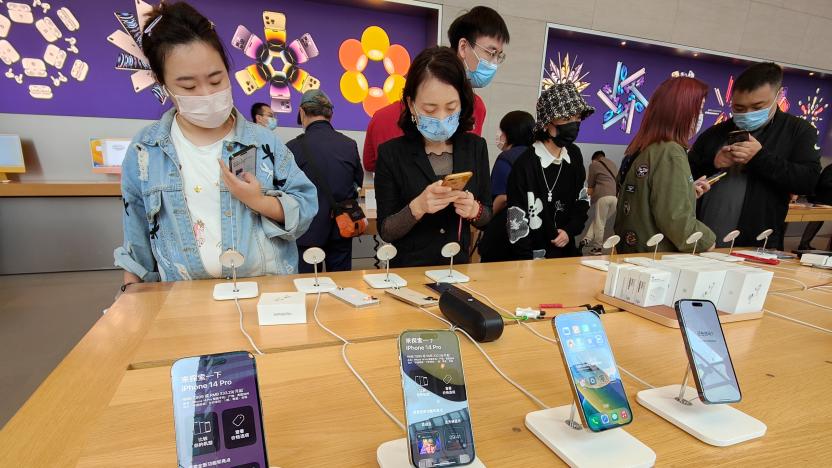
2022 saw smartphone shipments drop to 10-year lows
The smartphone market just had its worst year in a decade, and the situation might not get much better.
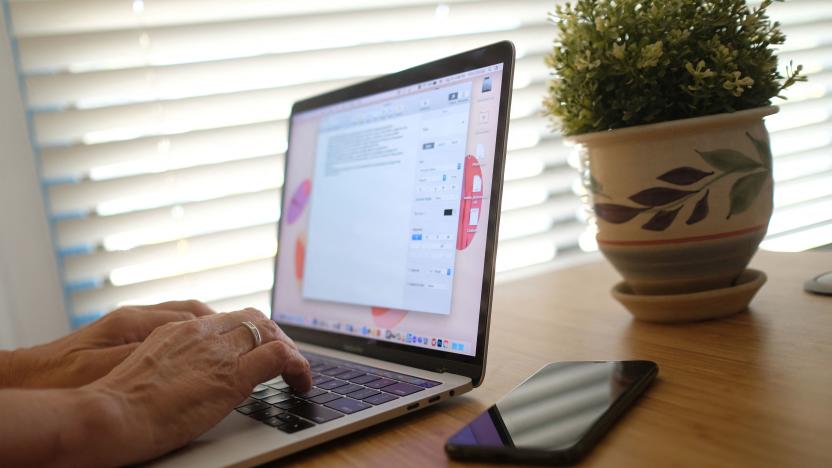
2021 was a very good year for the PC market
The PC market soared in 2021, according to new data, and 2022 could be just as rosy.

Smartphone shipments fell due to ongoing component shortages
Phone shipments dropped by six percent year-over-year in the third quarter of 2021.
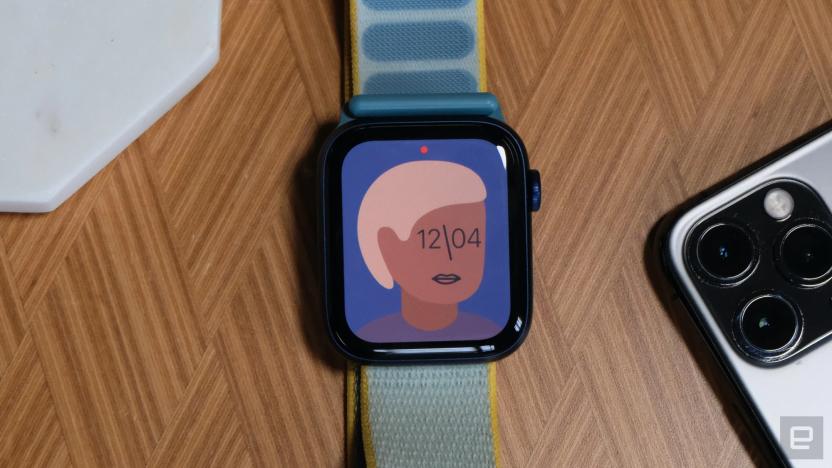
Apple leads the way as smartwatches dominate the wearable band market
The wearable market as a whole grew 5.6 percent last quarter, but that was largely due to sales of smartwatches at the expense of basic bands.
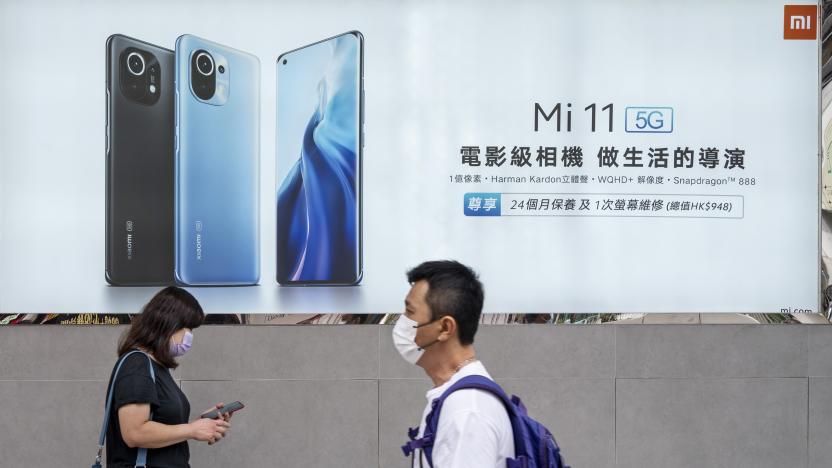
Xiaomi becomes the world's second-largest phone maker for the first time
Xiaomi is now the world's second-largest phone manufacturer, having outgrown Apple and its Chinese rivals.
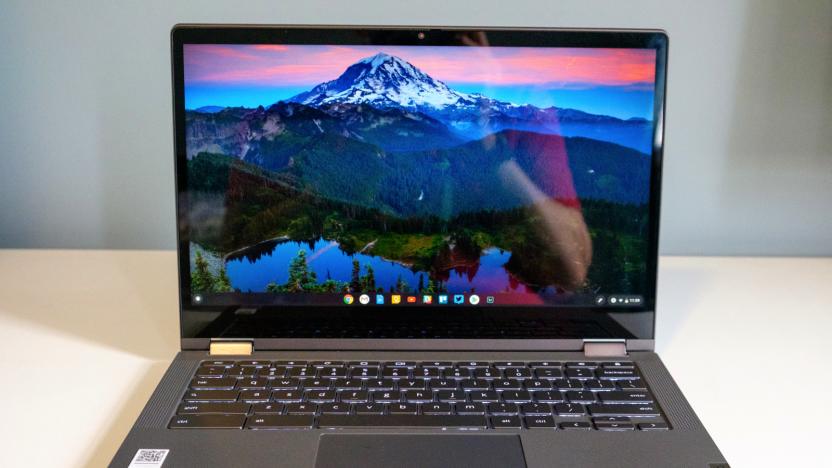
Chromebook demand more than doubled in 2020 due to the pandemic
Chromebook shipments more than doubled in 2020 as the pandemic forced many people to learn and work at home.
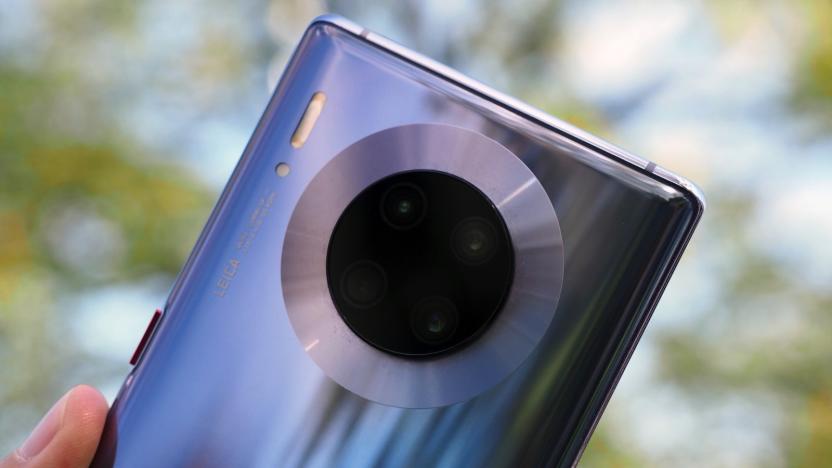
Huawei tops the worldwide smartphone market for the first time
Despite bans in the US and its own dire predictions, Hauwei shipped more smartphones last quarter than any other company, according to research firm Canalys.
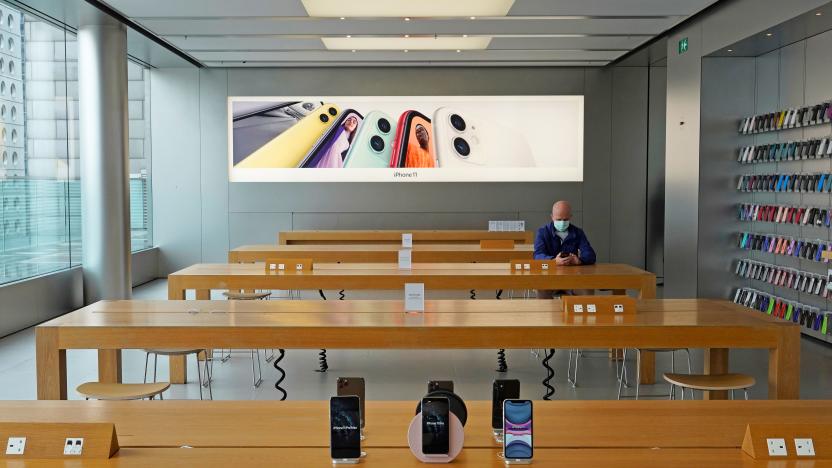
Worldwide smartphone sales showed 'biggest decline ever' in Q1 2020
Analysts estimated the Q1 drop in smartphone sales was between 11 and 17 percent -- the worst they've ever seen.
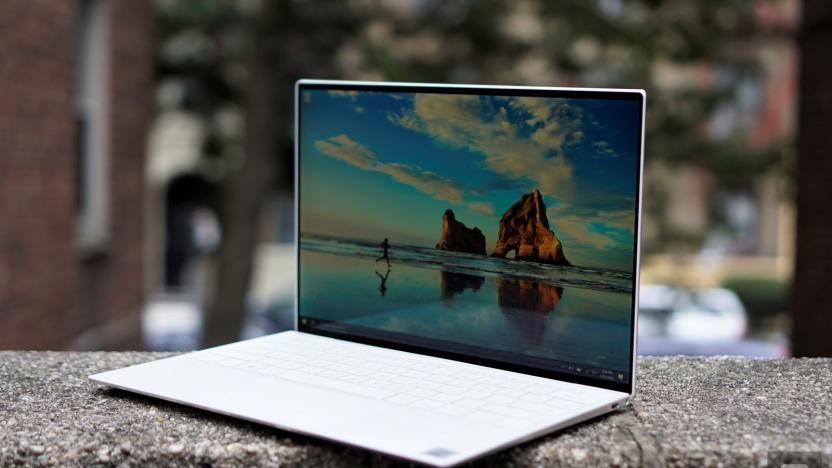
PC shipments see their largest drop in four years due to COVID-19
PC sales might be up due to the COVID-19 pandemic, but factory shutdowns led to a steep drop.

Huawei boosts smartphone sales in China by a whopping 66 percent
In spite of US sanctions, Huawei is doing just fine in China. The company's domestic smartphone shipments increased 66 percent year-over-year, according to a report by market research firm Canalys. In the last quarter, Huawei shipped 41.5 million devices in China, giving it a record-high market share of 42 percent. At least some of that success, might be attributed to customers purchasing Huawei devices as a rebellion against US sanctions and foreign pressure.
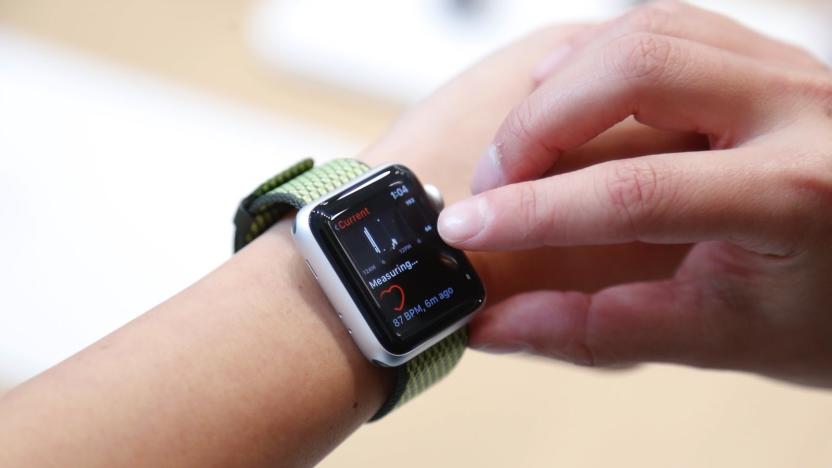
Apple retakes the top spot in wearable device shipments
It looks like Xiaomi's reign as the wearable device champion was short-lived. Canalys' latest estimates indicate that Apple regained the lead in wearable shipments during the third quarter of the year, shipping 3.9 million smartwatches over the summer. That's only slightly ahead of Xiaomi's 3.6 million and Fitbit's 3.5 million, but that's no mean feat when the Apple Watch is typically far more expensive (Xiaomi's Mi Band 2 cost $23 when new) and only works with one manufacturer's smartphones. And it's no surprise as to why Apple pulled out in front: new hardware.

India passes US to become second largest smartphone market
The US is now the third largest smartphone market in the world, according to a new report by global technology market analyst firm Canalys. The number of smartphone shipments to India grew 23 percent in the third quarter of this year, reaching just over 40 million units shipped. That makes India the second largest smartphone market, just behind number one China. Sorry, US, but you're in third place now.

Just 720,000 Android Wear smartwatches shipped last year
Wondering how well Android Wear managed in its first months on the market? Merely so-so, if you ask Canalys. The analyst group estimates that 720,000 Google-powered smartwatches shipped in 2014. That's not terrible for a young platform where many devices didn't even hit stores until the fall, but it's a drop in the bucket versus a total of 4.6 million total wearable bands. As Canalys explains to the Wall Street Journal, the current Android Wear crop is too rough around the edges to be a smash hit. The battery life isn't usually that hot (rarely more than a day), and there aren't enough apps to make the wristwear particularly useful.

Wearable device shipments have soared in the past year
In case you had any doubts that wearable devices were catching on, Canalys just delivered some tangible proof. The analyst group estimates that the tech industry shipped a total of about 6 million smartwatches and fitness trackers in the first half of 2014, or nearly 700 percent more than it managed a year earlier. Not surprisingly, most of the watches were Samsung devices -- the Korean company's rapid-fire Gear watch releases made it almost ubiquitous. Pebble and Sony also did well in this fledgling space. Fitbit and Jawbone, meanwhile, moved many of the simpler wristbands.

Xiaomi, not Samsung, makes China's smartphone of choice
Xiaomi has been a significant contender in the phone world for a while, but it's now safe to say that the Chinese device maker has joined the big leagues. Canalys estimates that Xiaomi shipped more smartphones than Samsung in China during the second quarter of the year, making it the top vendor in its home country. Simply put, Xiaomi is a champ at making cheap yet desirable handsets -- its budget Redmi series has done a lot to boost sales, and even range-topping devices like the Mi3 (and now Mi4) are much more affordable than alternatives from the likes of Apple and Samsung.

Sales of smartphones with 5-inch+ screens grew by a staggering 369% last quarter
A newly published report from Canalys relays that the market for smartphones with screens 5 inches or above increased by a staggering 369% during the first quarter of 2014. Of the 279.4 million smartphones shipped during the quarter, 94.86 million units (about 34% of all shipments) were composed of larger screened smartphones. 'This is still a market segment led by Samsung, but the trend is unmistakably toward larger-screen handsets at the high end of the market. It held a 44% share of devices with displays of 5" and above, and 53% if the view is narrowed to look at 5.5"-plus displays,' said Canalys Analyst Jessica Kwee. ... Consumers now expect high-end devices to have large displays, and Apple's absence in this market will clearly not last long. It is notable that 5" and above displays featured on almost half (47%) of smart phones with an unlocked retail price of US$500 or more. Of the remaining 53% of high-end smart phones, 87% were iPhones. Apple plainly needs a larger-screen smart phone to remain competitive, and it will look to address this in the coming months.' While Apple initially remained beholden to the 3.5-inch display it introduced with the original iPhone, the company shook things up with the release of the larger screened iPhone 5. Looking ahead, there are a bevy of reports, leaks, and rumors suggesting that Apple's next-gen smartphone will feature an even larger screen. Specifically, 4.7 and 5.5-inch form factors are the two models most often mentioned. While speculation surrounding Apple's future product plans is just that -- speculation -- Apple's recent California trial with Samsung unearthed internal Apple documents indicating that the company was and remains well aware of the booming popularity of larger screened smartphones.

Canalys: Android nabbed 75 percent of smartphone shipments in Q1
Canalys is back with its latest worldwide estimates of mobile device shipments, and while the analyst group has a divisive way of combining figures, there's plenty of insight to discover in its breakdown of the smartphone and tablet realms. First off, Canalys reports that Android accounted for 75.6 percent of all smartphone shipments during Q1, which is an increase from the 69.2 percent it reported for the previous quarter. As a whole, Canalys estimates that 216.3 million smartphones were shipped during Q1, which is roughly steady when compared to the three months prior. It should come as no surprise, but Samsung is said to lead the category with nearly a third of all smartphone shipments, while Apple accounted for roughly 17 percent of the pie. Meanwhile, Huawei, LG and ZTE are next in line, each with less than 5 percent of the market. Given the prevalence of the iPad, you could just as easily guess that Apple continues to dominate the tablet category and still be right. Here, Canalys estimates that Apple holds a 46.4 percent market share, but qualifies that win, as that the company is losing ground to its Android-based rivals. On the upside, Canalys reckons that the tablet market has more than doubled from the previous year, which means there's plenty of pie to go around. [Image credit: Jon Fingas, Flickr]

Apple takes fifth spot in Chinese smartphone market
In the world's largest smartphone market -- China -- Apple's share rose in the first quarter of 2013 to make the company the fifth largest vendor. Numbers from research firm Canalys show that the release of the iPhone 5 and price cuts on older iPhone models drove growth of Apple's sales. Apple's share of the huge smartphone market pie is important to its bottom line -- while 27 million smartphones were shipped in the US during the first quarter, the number in China was a huge 82 million. That share is just 8 percent, well behind Samsung's 20 percent share, but is made up of much more expensive phones. Phones shipped by number two through four vendors Yulong Computer Telecommunication Scientific, Huawei and Lenovo are usually low-cost models ranging in price from just 400 yuan to 700 yuan (US$64 to $114). Canalys analyst Nicole Peng noted that China Mobile, the largest carrier in the country with 726 million subscribers, has helped drive the large sales volume by heavy promotion of new phones that work on its 3G network. Peng says that Apple will need to release a less expensive version of the iPhone to grab more market share in China. The iPhone 5 starts at 5,288 yuan ($863) and an 8 GB iPhone 4 goes for 3,088 yuan ($504). Peng notes that a 2000 yuan ($323) model would appeal to customers who want an Apple product, but just can't afford the higher price tag. China's smartphone shipments rose 156 percent year over year in the first quarter, making the country a key market for Apple and other smartphone manufacturers.

The Daily Roundup for 02.08.2013
You might say the day is never really done in consumer technology news. Your workday, however, hopefully draws to a close at some point. This is the Daily Roundup on Engadget, a quick peek back at the top headlines for the past 24 hours -- all handpicked by the editors here at the site. Click on through the break, and enjoy.

Canalys: Android was a third of all cellphone shipments in Q4
Despite regularly hearing how mobile platforms fare within the smartphone space, we rarely get a sense of their place in the wider cellphone universe. Canalys is stepping in with some context. It estimates that smartphones represented just under half of the total pie in the fourth quarter, giving bigger companies like Apple and Google some serious clout. Android accounted for 34 percent of all cellphones shipped, driven by Samsung as well as fast-growing Chinese backers like Huawei, Lenovo and ZTE -- all of whom were big reasons why smartphones made up 73 percent of Chinese phone sales in the same period. Apple took a smaller share of the worldwide arena at 11 percent, although it too was riding the Chinese wave to success. Limiting the scope to smartphones tells a mostly familiar tale. Android staked out 69 percent of the market, taking a 5-point hit as iOS jumped to 22 percent through the iPhone 5 launch. Samsung reigned supreme among individual smartphone makers, followed by Apple and Nokia. The rest are once again Chinese, as Huawei, ZTE and Lenovo scooped up the next three spots. Whether or not regular cellphones are included, the message is the same -- if you haven't been building a popular flagship device or catering to buyers in Beijing, you've likely been left out in the cold. [Image credit: Jon Fingas, Flickr]









